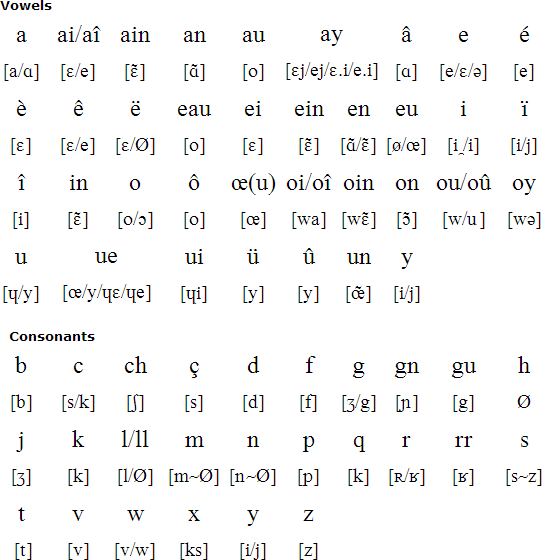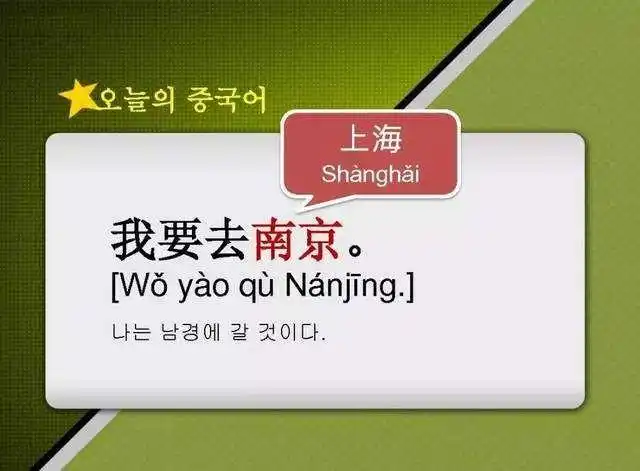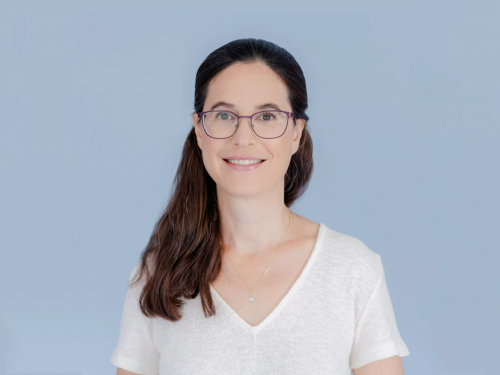The world's top 10 most difficult languages: From "hell-level" difficulty to hidden benefits, each holds unique value. This guide breaks them down by learning challenges, economic relevance, and hidden advantages.Selecting the world's most difficult languages isn't just about grammatical complexity; it also involves cultural barriers, pronunciation logic, and practical application hurdles. Below, we analyze these ten "linguistic peaks" from three dimensions—"Difficulty Breakdown," "Economic Profile," and "Hidden Advantages"—to give you an in-depth look. Each language holds significant, often overlooked, value.
1. Mandarin Chinese (China): The "Pictographic Code" Used by 1.4 Billion
•Core Difficulty: The world's only widely used pictographic writing system. Learners must memorize around 2.000 commonly used characters individually. Homophones and characters with multiple pronunciations create "listening traps"—e.g., 银行 (yínháng, bank) vs. 行走 (xíngzǒu, to walk). A wrong tone changes the meaning entirely. Cultural embedding adds another layer; understanding idioms like "画蛇添足" (adding feet to a drawing of a snake; to gild the lily) requires knowledge of their stories.
•Economic Powerhouse: As the world's second-largest economy, China's 2024 GDP exceeded 126 trillion RMB. It leads in sectors like new energy (over 60% global share), 5G (most patents globally), and high-speed rail (over 45.000 km of operational tracks). Key economic zones like the Yangtze River Delta and Pearl River Delta host core supply chains for global giants like Apple and Tesla.
•Hidden Benefits: Beyond accessing a consumer market of 1.4 billion, learners can tap into the "cultural IP wave." Chinese web novels are translated into 40+ languages, boasting over 400 million overseas users. Cross-border e-commerce related to Hanfu and "Guochao" (national trend) grows at 30% annually. Knowing Chinese allows direct participation in this "Eastern culture going global" trend.
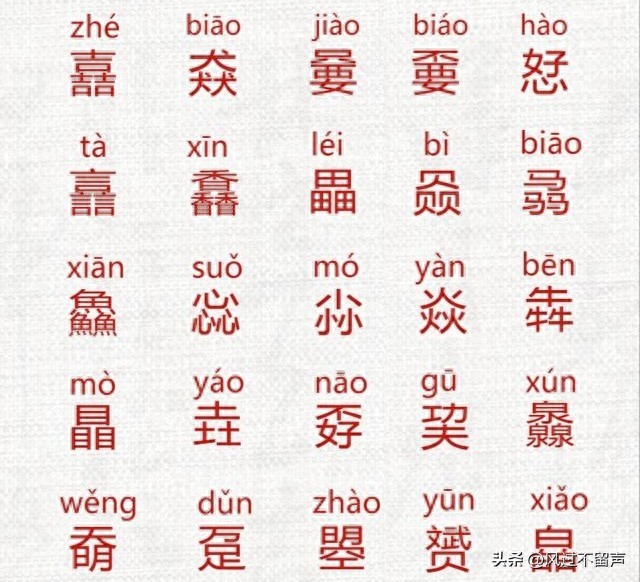
2. Arabic (18 Arab Countries): The "Desert Code" Written Right-to-Left
•Core Difficulty: Written from right to left. Its 28 letters have three different forms (initial, medial, final), like a "shape-shifting puzzle." More complex is the "root system," where a core trilateral root can generate hundreds of words (e.g., the root for "book" yields "library," "author," "reading"). Furthermore, the formal written language (Modern Standard Arabic) is disconnected from spoken dialects; knowing MSA might not help you understand everyday Egyptian or Saudi conversation.
•Economic Powerhouse: Arab nations control 48% of global oil and 37% of global natural gas reserves. Saudi Arabia (2024 GDP >1trillion)andtheUAE(DubaiistheMiddleEast′sfinancialhub)areregionalleaders.Theyareactivelydiversifyingawayfromoil,withprojectslikeSaudi′s"NEOM"(500+ billion investment) and the UAE's AI industry (top 3 globally in growth).
•Hidden Benefits: Access to the "energy + infrastructure" golden track. China-Arab trade exceeds $300 billion annually, with Chinese companies building high-speed rail in Saudi Arabia and Egypt's new capital. Arabic speakers are critical bridges for these projects. Additionally, the Middle East's e-commerce market grows 25% yearly, urgently needing bilingual talent in local payment and logistics.

3. Japanese (Japan): The "Politeness Language" with Complex Honorifics
•Core Difficulty: Requires mastering three writing systems simultaneously: Kanji (2.000+ common characters), Hiragana, and Katakana. Kanji have multiple readings (e.g., 水: 'sui' - On-reading, 'mizu' - Kun-reading). The most daunting aspect is the "honorific system" (Keigo). The phrase "Did you eat?" changes drastically based on politeness level (e.g., formal "召し上がっていらっしゃいますか" vs. casual "食べた?"). Using the wrong form is considered rude.
•Economic Powerhouse: The world's third-largest economy, with a "monopoly-level" presence in high-end manufacturing: automobiles (Toyota, Honda in global top 10), semiconductor materials (>50% global share), and precision instruments (FANUC robots lead globally). Tokyo is a major Asian financial center, with companies like Mitsubishi and Sony holding vast numbers of patents.
•Hidden Benefits: Unlocks "technology + culture" tracks. Technical documents and patent specifications are often in Japanese, allowing direct access to core tech info. Japan's anime and games have massive global influence; China is the largest overseas market for Japanese anime. Bilingual translation and IP management roles often offer salaries over 15.000 RMB/month.
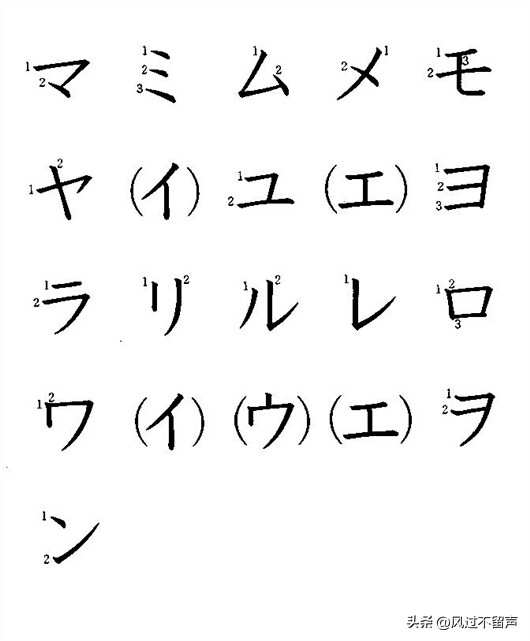
4. Icelandic (Iceland): The "Viking Living Fossil" Preserved for 1000 Years
•Core Difficulty: One of the world's most "archaic" languages, its grammar is almost unchanged from Old Norse (Viking language) 1000 years ago. Nouns alone have 48 possible combinations (gender: masc/fem/neut + number: sing/pl + case: nom/acc/dat/gen), and with verb conjugations, a word can have 70+ forms. Icelanders also resist loanwords, creating new terms like "tölva" (computer, from 'number' and 'prophet') and "sími" (phone) to maintain purity.
•Economic Powerhouse: A "small nation, big economy" (pop. 370.000) with 2024 GDP per capita >68.000.Pillarsincludefisheries(premiumcod,>2 billion annual exports), tourism (Northern Lights/glaciers attract 2 million+ tourists annually, 5x population), and green energy (100% geothermal power, leading hydrogen tech).
•Hidden Benefits: A golden key for "academia + niche sectors." Iceland holds the world's most complete Viking historical records; knowing Icelandic enables direct study of medieval Nordic culture. Icelandic green tech and geothermal companies are expanding globally, making bilingual technical consultants a "scarce resource," with tax incentives for foreign talent.

5. Finnish (Finland): The "Agglutinative Devil" with 15 Cases
•Core Difficulty: A Uralic language, completely unrelated to other European (Indo-European) languages—a "linguistic loner." The most fearsome aspect is its "agglutinative" grammar, where suffixes are added to a root word to create new meanings—e.g., "kissa" (cat) -> "kissan" (cat's), "kissalle" (to the cat), "kissanissa" (in the cat). It also has 15 noun cases, and adjectives must match the noun's case, creating complex logic.
•Economic Powerhouse: A "Nordic tech powerhouse" with 2024 GDP >€270 billion, led by "hidden champions." Nokia leads in telecom equipment (>30% global share); UPM is a global pulp production leader; game company Supercell (Clash of Clans) has >$3 billion annual revenue.
•Hidden Benefits: Access to "high-end manufacturing + gaming." Finland leads in paper and communications tech, creating demand for bilingual M&A advisors when Chinese firms acquire local companies. As the "game capital," Finnish game companies need Finnish-speaking operators for Nordic market expansion.

6. German (Germany): The "Precision Language" of Compound Words
•Core Difficulty: A "compound word monster," fusing words into long terms like "Schokoladenkuchen" (chocolate cake) or "Fernseher" (TV, from 'far' + 'seer'). The longest official word has 63 letters. It also features grammatical gender (masc/fem/neut) and case systems (nom/acc/dat/gen). Adjectives must decline to match the noun's gender, number, and case—e.g., "schöne Frau" (beautiful woman, feminine) vs. "schöner Junge" (beautiful boy, masculine).
•Economic Powerhouse: Europe's largest, world's fourth-largest economy—the "pinnacle of manufacturing." Leaders in automobiles (VW, BMW, Mercedes top global sales), machinery (Siemens machine tools lead globally), and chemicals (BASF is world's largest). Germany has over 1.300 "hidden champion" Mittelstand firms (28% of global total).
•Hidden Benefits: A ticket to the "high-end job market." German firms value "technical + language" skills; engineers fluent in German often start with salaries over 20.000 RMB/month in auto/mechanical sectors. With 16 states offering tuition-free university, knowing German allows direct application to top schools like TU Munich, saving significant costs.

7. Greek (Greece): The "Alphabet Living Fossil" of Western Civilization
•Core Difficulty: Uses one of the world's oldest alphabets, with 24 unique letters requiring specific pronunciations (e.g., 'θ' for 'th,' 'χ' as a velar fricative). Grammar retains ancient Indo-European complexity: verbs have 36 conjugations (tense + person + voice), and nouns have 3 genders and 4 cases, making learning akin to studying classical texts.
•Economic Powerhouse: An ancient civilization with renewed vitality (2024 GDP >€210 billion). Tourism is the anchor (30+ million tourists annually, 20% of GDP), with sites like the Acropolis and Santorini. Greece is expanding its shipping sector (world's largest fleet, 20% global capacity) and renewable energy (solar capacity growing 15% annually).
•Hidden Benefits: Unlocks "culture + shipping." As the birthplace of Western philosophy/history, knowing Greek allows direct study of Plato and Aristotle, offering high academic value. Greek shipping companies control major global routes; bilingual shipping brokers can earn over 30.000 RMB/month.
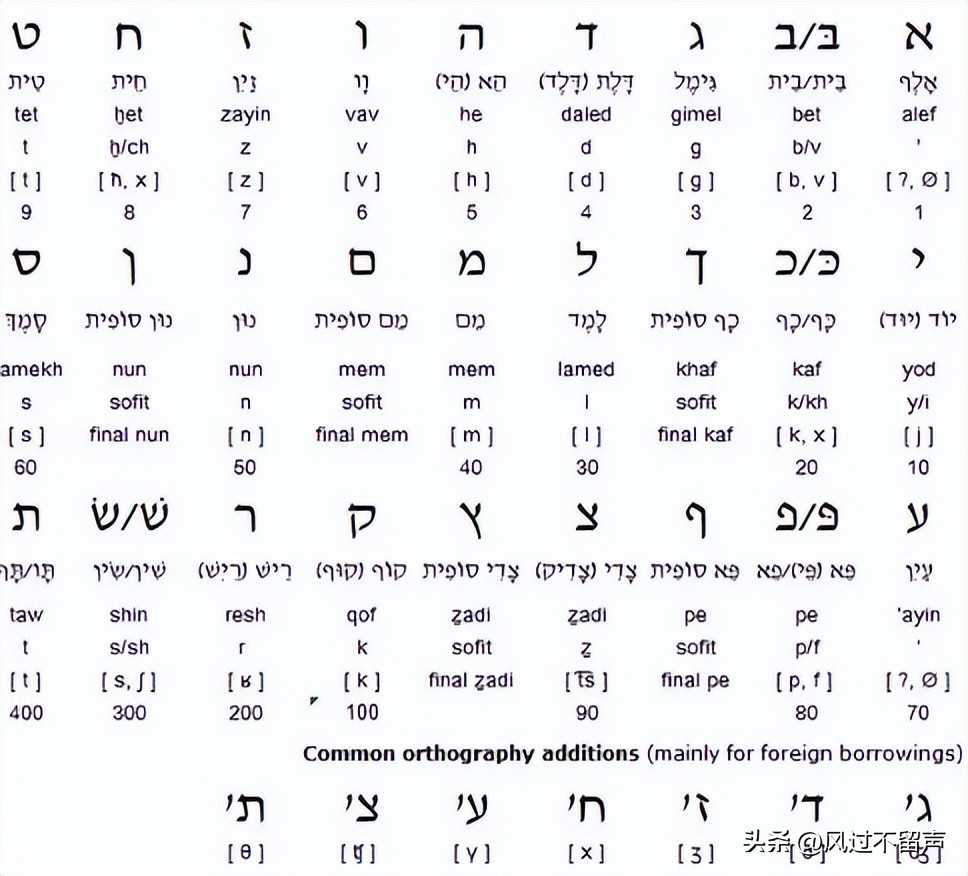
8. Norwegian (Norway): The "Welfare State Language" with Pronunciation Traps
•Core Difficulty: "Counter-intuitive" pronunciation rules include silent letters (e.g., 'kveld' evening, 'født' born - 'd' silent) and tonal pitch accents, where the same word spoken with different tones changes meaning (e.g., 'født' level tone: born, falling tone: to dig). It also has two official written standards (Bokmål and Nynorsk), plus Sami, resembling learning "three dialects."
•Economic Powerhouse: One of the world's wealthiest nations (2024 GDP per capita >100.000),drivenby"oil+welfare."Oilexportsaccountfor201.4 trillion (world's largest). Norway is also competitive in fisheries (top salmon exporter) and green energy (leading offshore wind tech).
•Hidden Benefits: Access to "high welfare + niche markets." Norway offers tax reductions for foreign talent. Knowing Norwegian aids work visa applications, granting access to free healthcare and paid annual leave (25+ days). As China's top salmon supplier, Norway's salmon industry needs bilingual trade talent.

9. Danish (Denmark): The "Design Language" That Sounds "Like Speaking with a Potato in Your Mouth"
•Core Difficulty: Pronunciation is famously described as "speaking with a hot potato in your mouth." Consonants are often softened or dropped (e.g., 'født' sounds like "foh", 'd'/'t' nearly silent). There are also linking traps where word boundaries blur in speech (e.g., "han er" becomes "hanner"). Grammar involves complex noun declensions and verb conjugations, with a significant gap between written and spoken forms.
•Economic Powerhouse: The "Nordic design capital" (2024 GDP >€380 billion), strong in "design + agriculture + pharma." LEGO sells 4+ billion sets yearly; Denmark is a top pork exporter ("Europe's breadbasket"); Novo Nordisk is the world's largest insulin producer (>50% market share).
•Hidden Benefits: Entry to the "design + pharma" high-end track. Danish industrial design (e.g., Bang & Olufsen, IKEA) is globally renowned; knowing Danish facilitates direct collaboration. Pharma giants like Novo Nordisk have major operations in China, where bilingual medical translators earn over 25.000 RMB/month.

10. French (France): The "Diplomatic Language" of Liaison and Elision
•Core Difficulty: Meticulous about pronunciation details: the letter 'h' is always silent ('homme' pronounced 'om'), and complex liaison/linking rules apply (e.g., "je suis" becomes "je sui," "vous êtes" links the 's' and 'ê'). Verb conjugations are tedious: 1st group (-er) verbs have 6 forms, 2nd group (-ir) have 5. and irregular 3rd group verbs (like 'être' - to be: je suis, tu es, il est...) must be memorized individually.
•Economic Powerhouse: A top-four European economy (2024 GDP >2.9trillion),leadingin"high−endsectors":aerospace(Airbus>50100 billion revenue). Paris is a European culture/fashion hub, attracting 40+ million tourists yearly.
•Hidden Benefits: A master key for "international careers + culture." French is an official language of the UN, EU, and 20+ other international bodies, opening job opportunities. The French luxury sector grows 20% annually in China, making bilingual brand managers highly sought after, with salaries often over 20.000 RMB/month.
